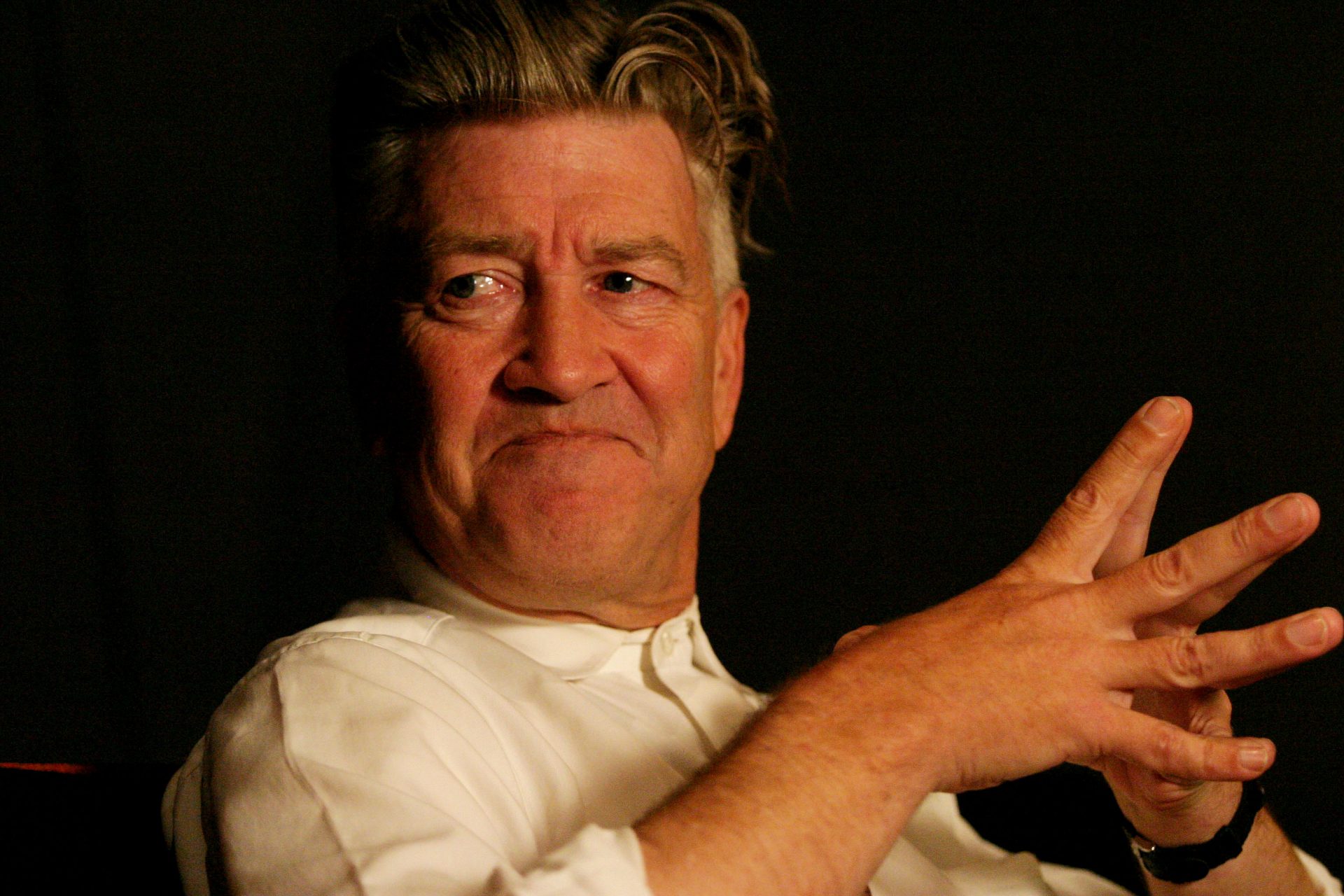Plant these flowers now to have blooms in spring
Are you dreaming of a flowering garden next spring? Then it is time to start planting! Discover our selection of 20 species to plant in autumn. Plants and flowers from all walks of life that will withstand the low temperatures of winter.
An all-yellow perennial that is native to North America. It can be planted in early fall if the soil remains drained in winter.
This cold-hardy species is ideally planted between September and November. Its blue color will give a nice tone to your exteriors.
The best time to plant your tulips is from late September to December when the soil temperature is below 15 °C.
Also called Eriocapitella hupehensis, this perennial is not a big fan of the sun and prefers a shaded area. Japanese anemones are some of the easiest flowers to grow.
Pansies can be planted any season of the year. They require little maintenance, which is ideal if you are new to gardening. Note that they go very well with tulips, daisies, and primroses.
Unlike anemones, peonies enjoy the sun's rays. Therefore, this species is to be favored if you live in a region that is sunny all year round. It is planted between September and December.
Irises should be planted between October and December as they begin flowering in January. This outdoor plant thrives in the sun.
The hyacinth is one of the flagship plants that perfume our gardens. It is planted in the fall, from September until the very beginning of winter. These bulbous plants are native to Southwest Asia, and they need indirect sunlight and occasional watering.
Ideally, this flowering shrub is planted in the fall. However, the following winter should not be too cold because Caryopteris does not survive temperatures below -5 ° C. Make sure to plant it in a sunny corner of your garden; this will ensure better development.
Cyclamen must be planted in early fall. It can be grown in a pot, in a planter, or in a semi-shaded bed. This plant will also flower very well indoors, in a cool room in your home.
Crocuses usually flower by the end of winter if the bulbs are planted in the fall. To thrive, the crocus needs sun and well-drained soil.
With its deep color, violet is a very popular flower in our gardens. It can be planted throughout the fall and winter, even until the beginning of spring. Exposure to the sun to accelerate its flowering.
Often considered a wild plant, comfrey can also be grown in a garden. It does not require much care, although you will need to be careful with its location and avoid planting it in an area that is too shady.
Another variety that blooms at the end of winter, snowdrops, should be planted between September and December. This plant is aptly named because it is one of the only species that can flower despite the snow. Ideally, it is planted under a shrub hedge, as the snowdrop likes soils that stay cool all year round.
Plant the narcissus bulbs in the fall for glorious spring blooms. These small flowers are planted by tens, creating clusters of yellow flowers. If properly cared for, daffodils can also be grown in pots indoors.
The primrose can be planted from October onwards. It requires little maintenance and flowers all year round. Primroses can also be cultivated indoors, but it is then necessary to take them outside at nightfall to regain a little freshness.
The perennial forget-me-not is planted in the fall to flower in the spring. With its sky blue color, this pretty flower needs to be placed in an area that is sunny but not too hot. Coming from temperate and mountainous regions, this plant thrives in drained and cool soils.
The elegant bleeding heart is best planted in the fall to allow the roots to develop well before winter. Place bleeding hearts in a shaded space and keep them in cool soil.
Lupines are species that come in many colors and bring a lot of charm to a garden. These plants can be grown in the spring or fall in a sunny or partially shaded location. Lupines require regular watering.
It is also known as the grape hyacinth. Muscari is best planted in the fall, in a sunny or partially shaded area. This plant, native to northern Africa and southern Europe, is resistant to very low temperatures. You can then let it develop with little interference needed until it blooms.
































